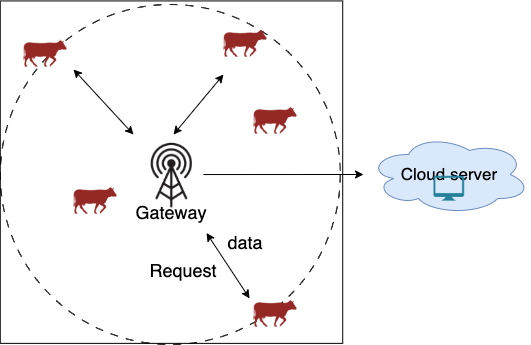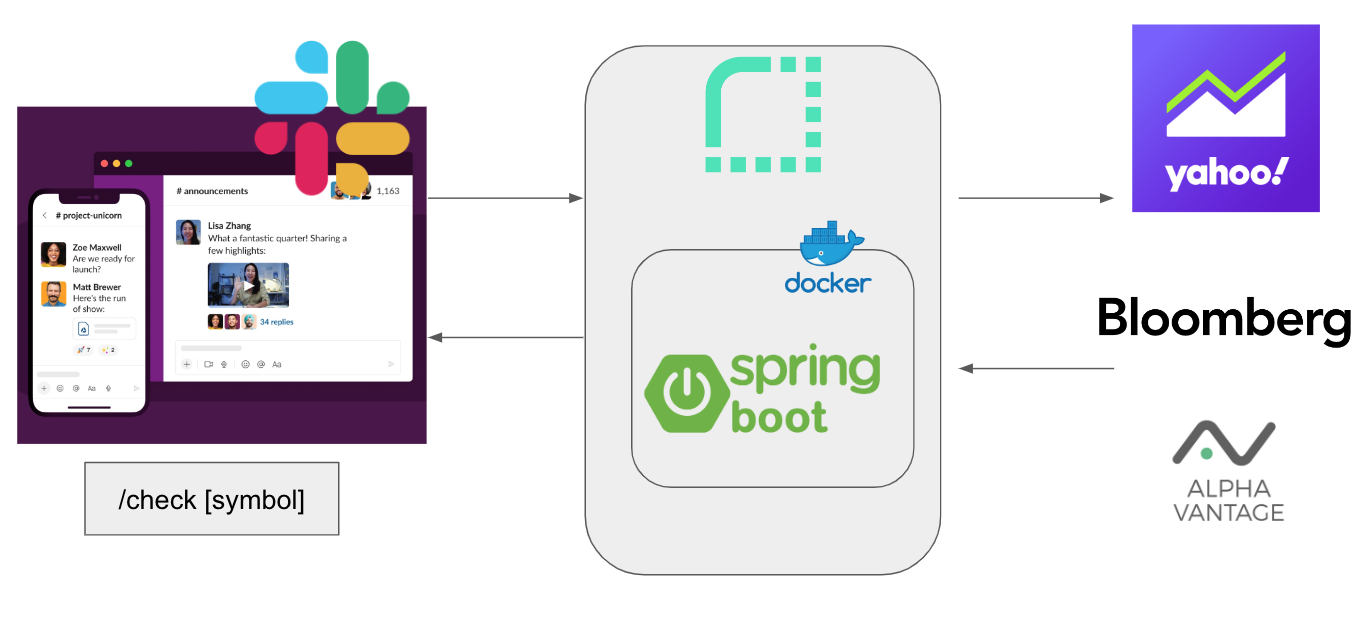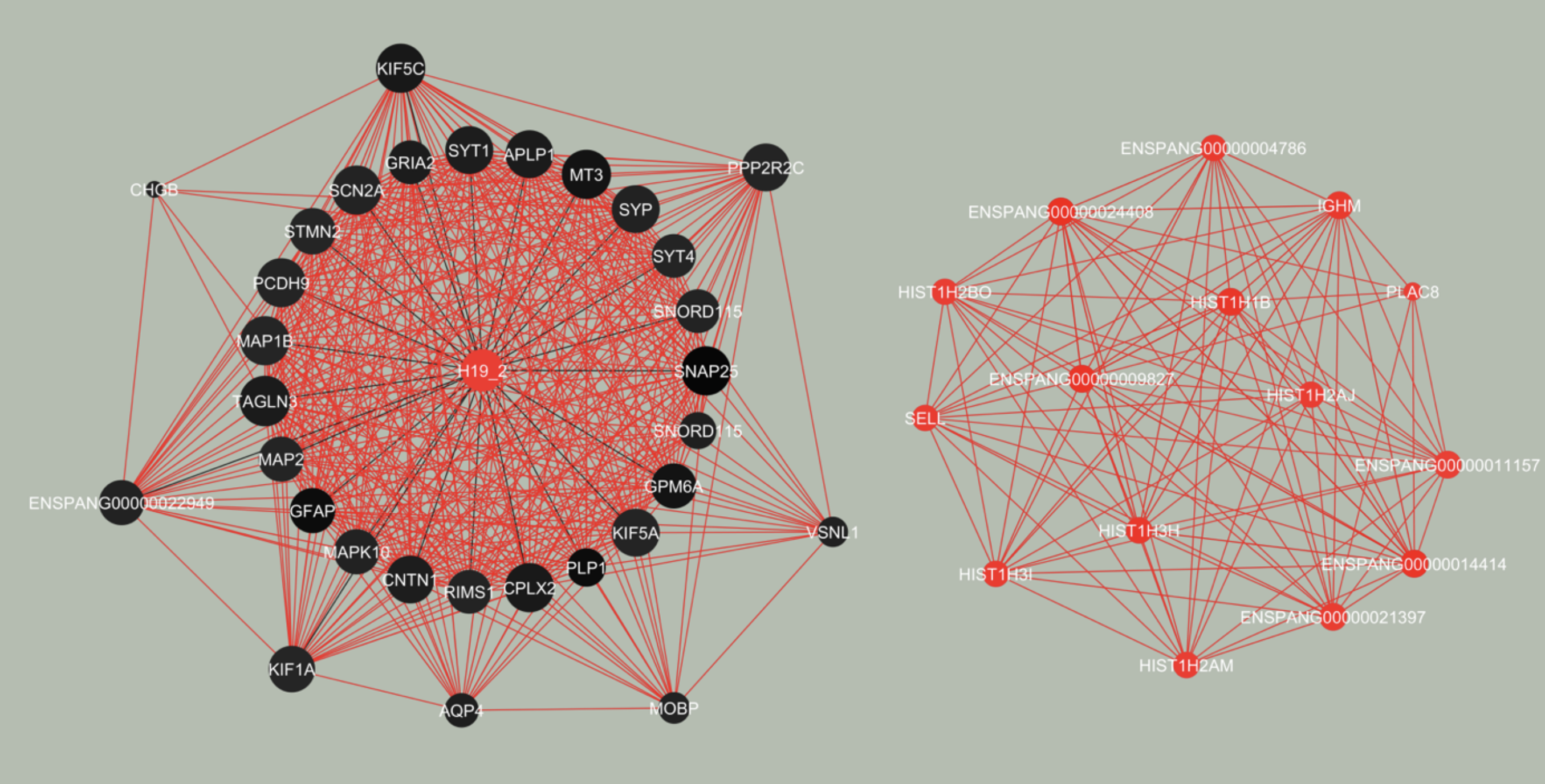Biography
Ming-Ju, a Computer Science graduate student at Virginia Tech brings extensive experience from the software industry. He holds a bachelor's degree from National Taiwan University and a master's degree from Technical University of Dresden. He possesses a demonstrated capacity for web-based application development and testing, coupled with practical exposure to agile methodologies (Scrum) and adept utilization of CI/CD pipelines, including GitHub Actions and GitLab pipelines. [Résumé]
Timeline
 Aug 2023 - Dec 2024 (expected)
Aug 2023 - Dec 2024 (expected)
 Jun 2023 - Aug 2023
Jun 2023 - Aug 2023
 Mar 2023 - Jun 2023
Mar 2023 - Jun 2023
 Apr 2022 - Jan 2023
Apr 2022 - Jan 2023
 Dec 2020 - Mar 2022
Dec 2020 - Mar 2022
 2010 - 2015
2010 - 2015
Publication

In this paper, we propose three statistical measures (named as PSI-ROC, PSI-PR, and PSI-P) that have origin from the projection separability rationale introduced in this study, which is expressly designed to assess group separability of data samples in a geometrical space. The results provide clear evidence that statistical-based measures based on PS rationale are more accurate than cluster validity indices and can be adopted to control the tuning of parameter-dependent dimensionality reduction algorithms.
Projects

The smart farm system contributed to the productivity and efficiency of farms. However, these systems suffered cybersecurity vulnerabilities and energy constraints. As there was no research studying both the defense capability and energy constraints of the smart farm systems, we developed a moving target defense (MTD) based energy-aware defense strategy, which focuses on the trade-off between monitoring quality and energy consumption speed of the system.

Basically, the project is the backend service integrated with Slack app to report the stock price in the channel. Users can simply type a command interacting with the customized Slack app to get the stock information. Moreover, the Slack app can also remind the users what is the closing price of companies daily!

The most influential trends that has emerged is the adoption of microservices architecture. Microservices architecture is a modern software design pattern that aims to build large, complex applications as a collection of small, independent, and loosely coupled services. Within this project, we have employed this design pattern to circumvent issues of race conditions within the server-side service during scalability enhancements.

In this study, gene expression data was analyzed by two unsupervised machine learning methods: principal component analysis (PCA) and PC-corr. Patterns of three germ layers and novel gene regulatory networks in cell development are elucidated and discussed.

Here, we applied correlation-based methods to different types of genome-wide high-throughput data to predict their gene regulation type, and validated their results by comparing against a gold standard regulation data constructed by a collection of information from published transcription factor articles. Additionally, we compare the correlation-based methods to published network-based methods by using both experimental data and simulated data.
 2016 - 2019
2016 - 2019